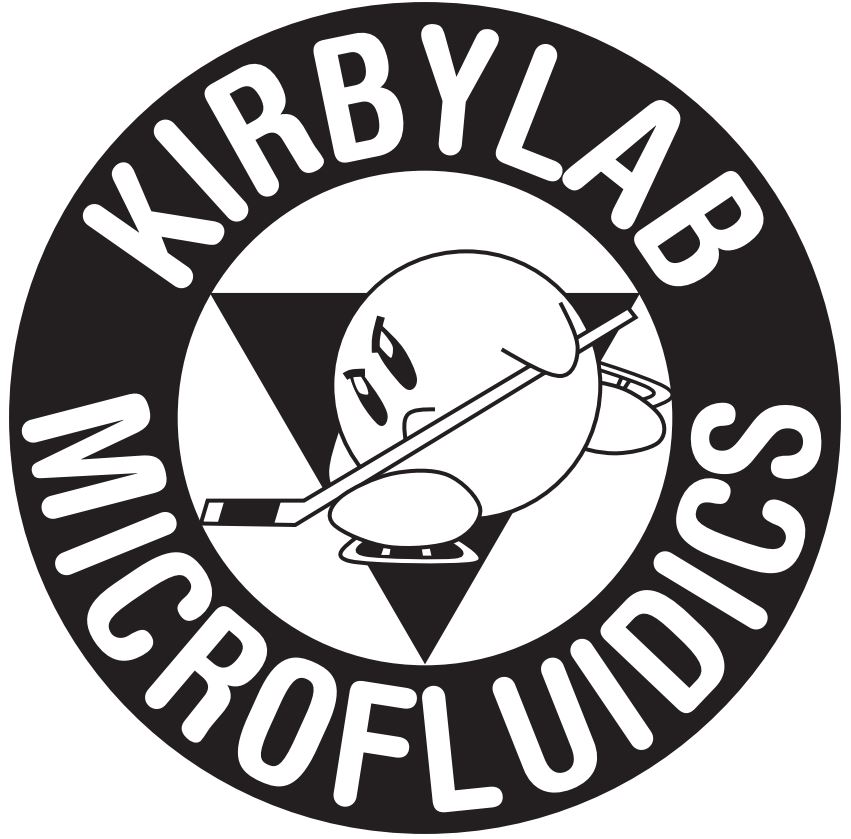New publication: Zeta potential and electroosmotic mobility in microfluidic devices fabricated from hydrophobic polymers: 2. Slip and interfacial water structure
Zeta potential and electroosmotic mobility in microfluidic devices fabricated from hydrophobic polymers: 2. Slip and interfacial water structure
Vishal Tandon, Brian J. Kirby
ELECTROPHORESIS
Special Issue: Fundamentals of Electrophoresis
Volume 29, Issue 5, pages 1102–1114, No. 5 March 2008
Keywords:
- Electrokinetic;
- Electroosmosis;
- Hydrophobic;
- Slip;
- Zeta potential
Abstract
We discuss the structure of water at hydrophobic interfaces from the standpoint of its impact on electrokinetic phenomena in microfluidic devices fabricated from hydrophobic polymers such as Teflon® or Zeonor®. Water structuring at hydrophobic interfaces has been described as a source of interfacial charge (see Part 1, this issue), and dewetting phenomena, whether via depletion layers or nanobubbles, contribute to slip and enhanced apparent electrokinetic potentials. Issues concerning the impact of hydrodynamic slip and the role of diffuse interfacial structures are discussed. These issues are coupled with each other and with interfacial charge concerns, providing challenges for measurements of individual parameters.
